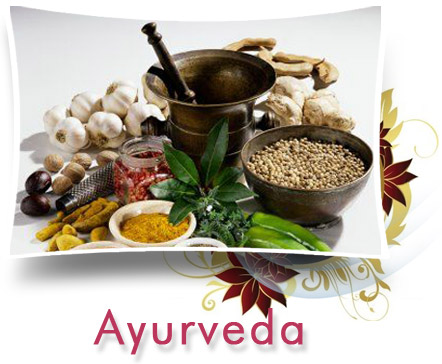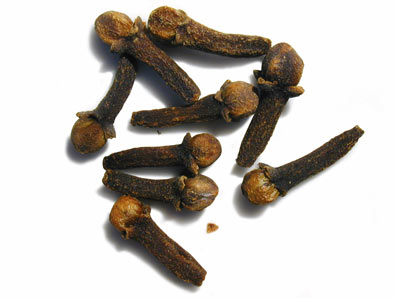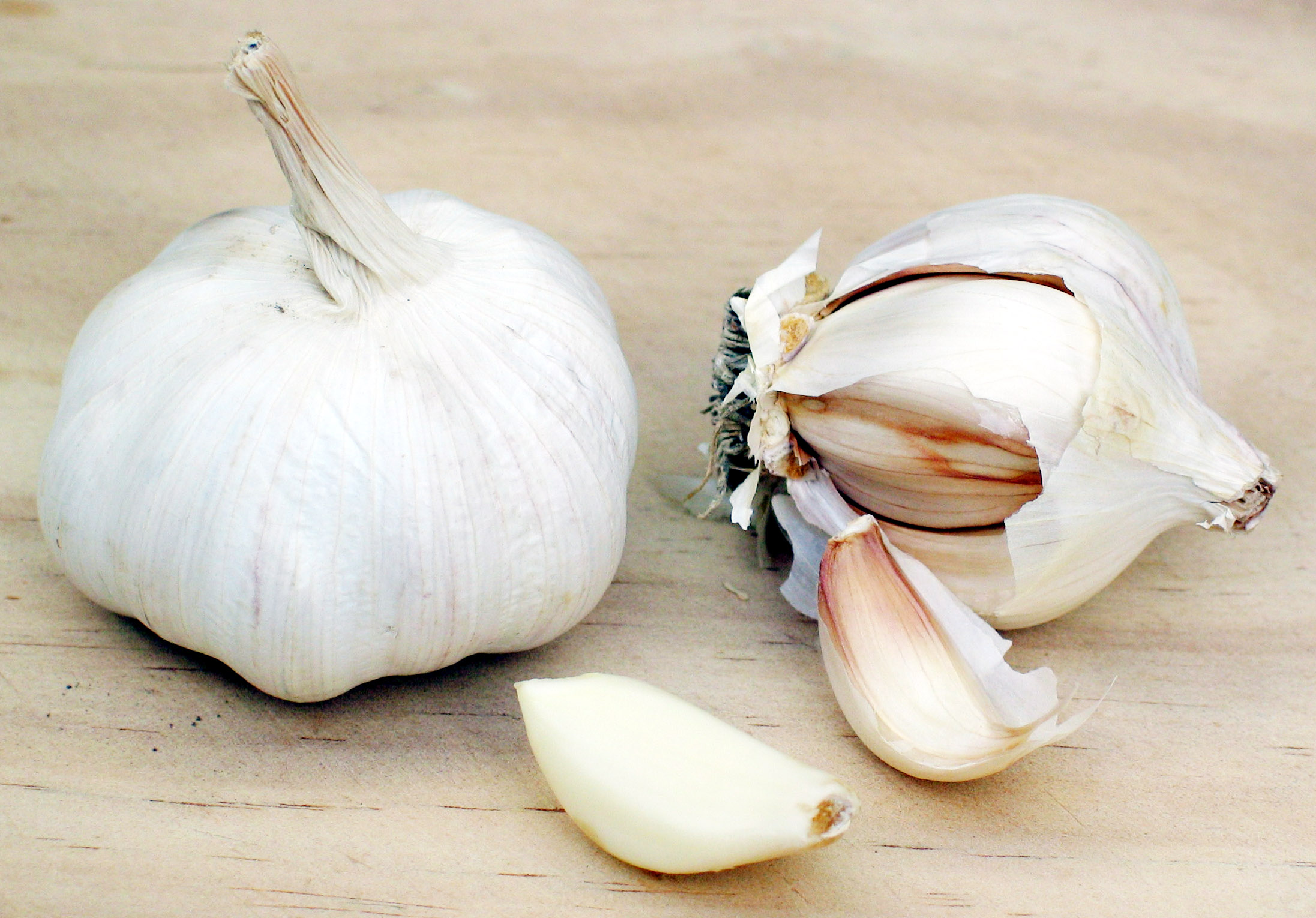Mary rolled and squeezed the green papaya leaf in her hands. A white latex oozed out of the broken leaf. She squeezed a few drops into a bowl and added sliced beef to marinate. Like her mother and grandmother before her, Mary used the latex of papaya to tenderize meat.

The latex contain protein-digesting enzyme called papain. This enzyme is similar to pepsin, a digestive enzyme in our gastric juice. Papain is also found in both unripe papaya and its seeds.
Packed into this succulent, sweet fruit are huge quantities of antioxidant nutrients such as carotenes, vitamin C and flavonoids as well as large amounts of vitamin E; the B vitamins, B5 and B9. It is also high in the minerals, potassium and magnesium as well as fiber.
The explorer, Christopher Columbus, had called papaya “Fruit of the Angels”. This fruit certainly deserve this name as it is not only delicious but also promotes health and fight diseases.
THERAPEUTIC USES
Papaya has a slew of nutrients that work together synergistically to protect your body and fight diseases.
When ripe, papaya is sweet. the Chinese believe sweet flavor acts on the spleen and stomach, helping digestion. Both TCM and Indian Ayurveda concur that sweet flavor neutralizes the toxic effects of other foods. according to Ayurvedic theory, Papaya creates hot energy and kindles the digestive fire.
Toxins are burned by better digestion. Indians Ayurveda doctors prescribed papaya for enzyme deficiency. They advised a person with excess Vatta to eat Papaya.
It also lubricates the skin, lungs, throat and mouth.
Hawaiians used the flowers for bronchitis.
In tropical America, the original home of papaya, indigenous people had used papaya for thousands of years to promotes digestive health and intestinal cleansing, fights inflammation and infection . They eat papaya for Dyspepsia and catarrh of stomach.
Other traditional uses for papaya are:-
TREATS BURNS, SORES AND WOUNDS
Indigenous Americans made an ointment from fermented papaya flesh. This gel-like paste is applied topically.
Research revealed why papaya is effective in hastening recovery of Burn, sores as well as infected and inflamed wounds.
An article in the West Indian medical journal noted that Lab tests showed “Carica papaya has antibacterial effects that could be useful in treating chronic skin ulcers to promote healing.” according to the scientists, ”Seed extracts from the fruit inhibited organism commonly fond on wounds. “
The same journal also reported a study of a 30 years use of papaya topically for chronic skin ulcerations and bedsores . Papaya pulp enzymes removes dead surface skin, reduces pre-existing infection and even encourages healing. nurses at the three hospital involved in the study said that the papaya treatment also reduce the offensive odor associated with ulcers.
This may be due to enzyme in papaya that eliminates necrotic tissues in chronic wounds, burns and ulcers.
TREATS PROBLEMATIC SKIN, DISEASES AND INJURY
People have turned to papaya to treat Skin problems such as acne, pimple, warts and corns. Nowadays there are beauty products made from papaya extract for cleaning, smoothing and regenerating the skin.
In Cuba digestive enzymes in the latex is used to treat psoriasis and removal of cancerous growth.
TREATS INFECTION
In some countries, papaya is traditionally used to treat ringworm, Infection of the pancreas and dysentery.
ANTI-INFLAMMATORY TREATMENT
Due to its anti-inflammatory properties papaya can relieve the severity of asthma, osteoarthritis, rheumatoid arthritis In addition, the antioxidant nutrients found in papaya, including vitamin C, vitamin E and pro-vitamin A carotenoid are three powerful antioxidants very good at reducing inflammation. Flavonoids in the fruit further amplify the effectiveness of antioxidants.
This may explain why people with diseases that are worsened by inflammation, [such as asthma] subsided when they get more of these nutrients.
Papaya also alleviates the pain and edema caused by trauma and sports injuries.
TREATS WORM AND PARASITIC INFESTATION
Sap, seeds, roots or leaves may be used to treat Worm and parasitic infestation. These plant parts contains carpaine, an anthelmintic alkaloid (a drug that is deadly to parasitic worms and amoebas).
TREAT URINARY TRACT COMPLAINTS
The roots and leaves of Papaya are also diuretic, increasing the frequency of urination. Therefore, they are taken for urinary tract complaints.
IMPROVE MILK FLOW
In Southern China, lactating mothers drink a soup made from fish and nearly ripe papaya to improve milk flow.
TREAT DISEASES OF THE MOUTH
It is used to treat mouth ulcer, gum disease and toothache
Aliwale Hussainwale
Motive is to get connected with Shia World
healthremedies.awhw@gmail.com













